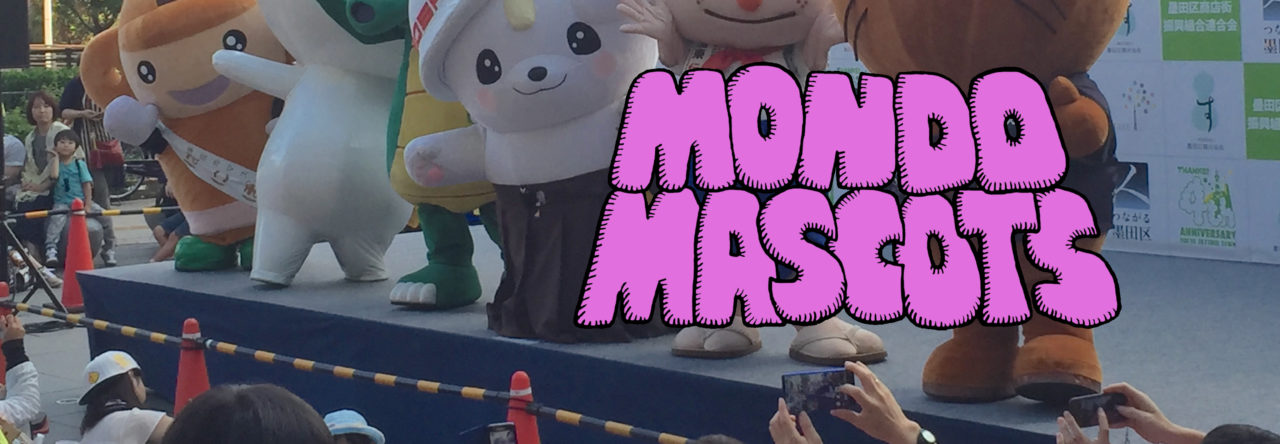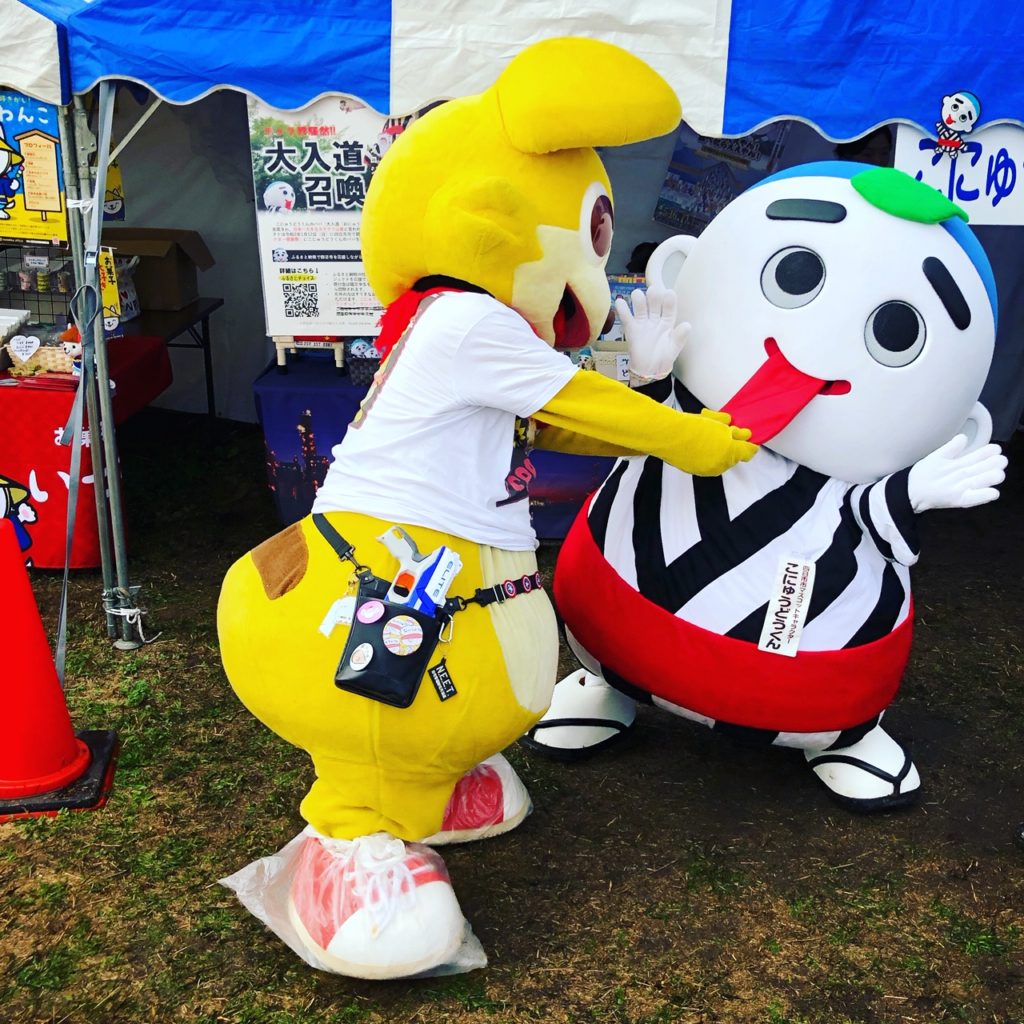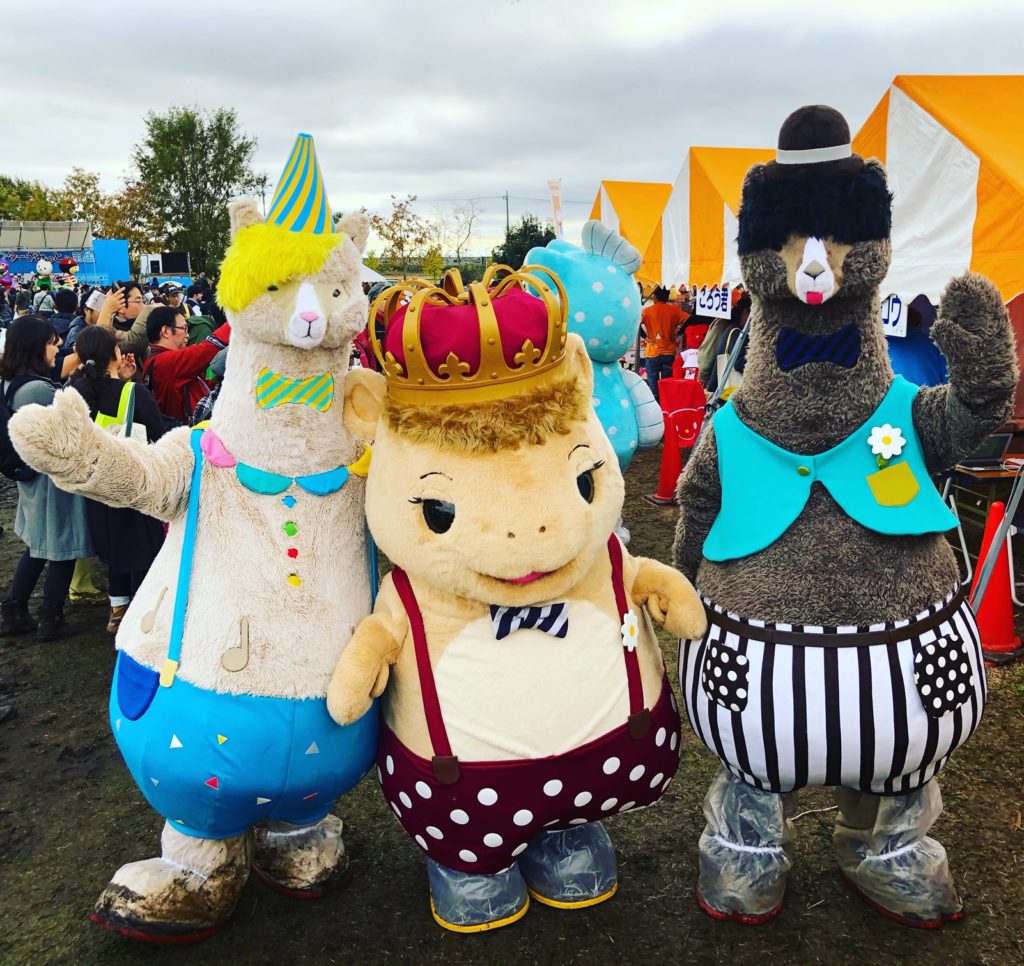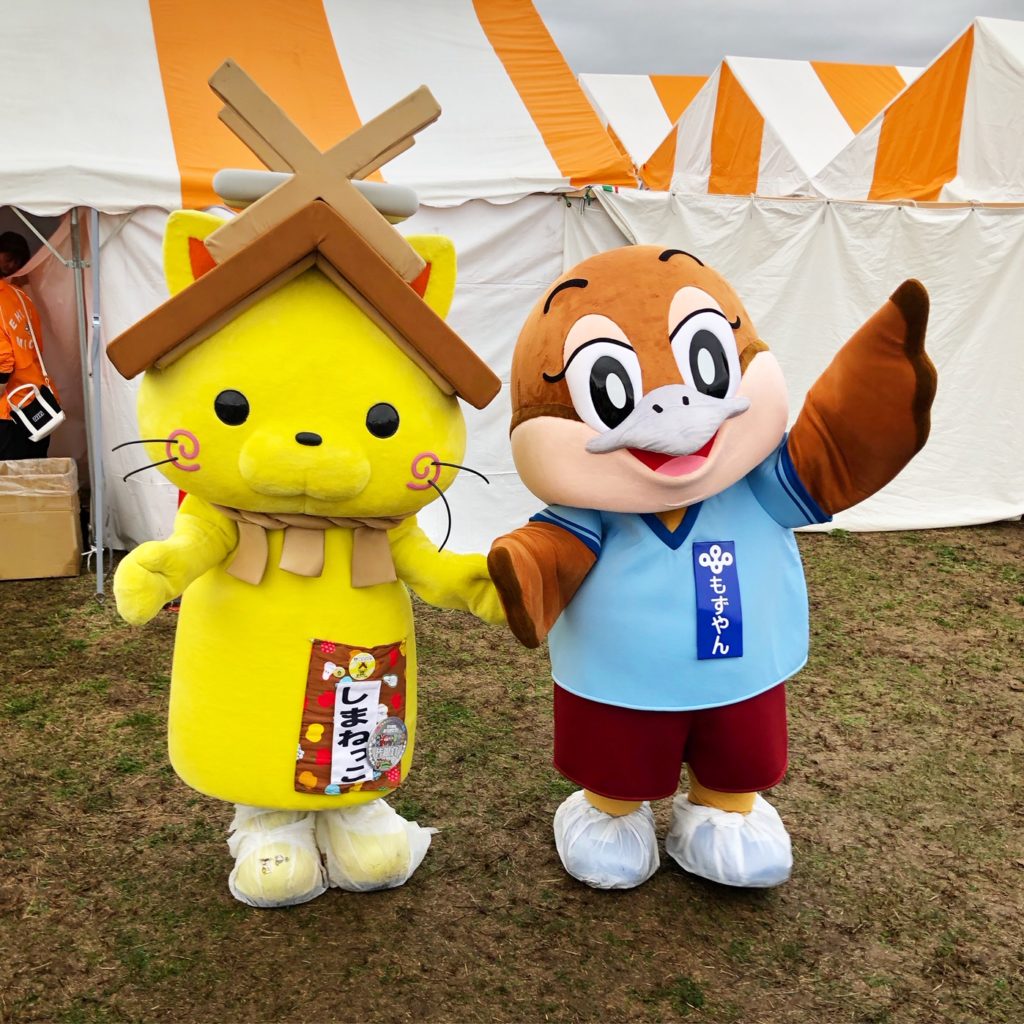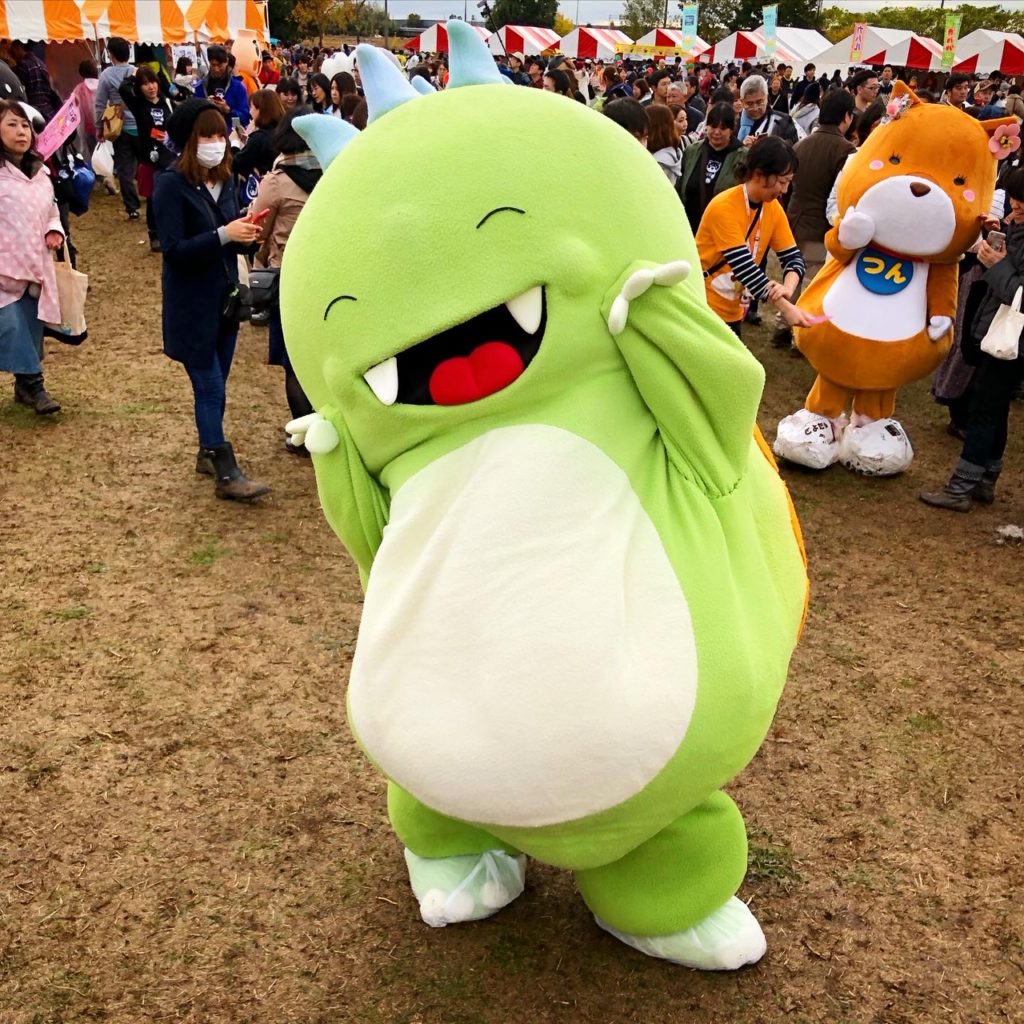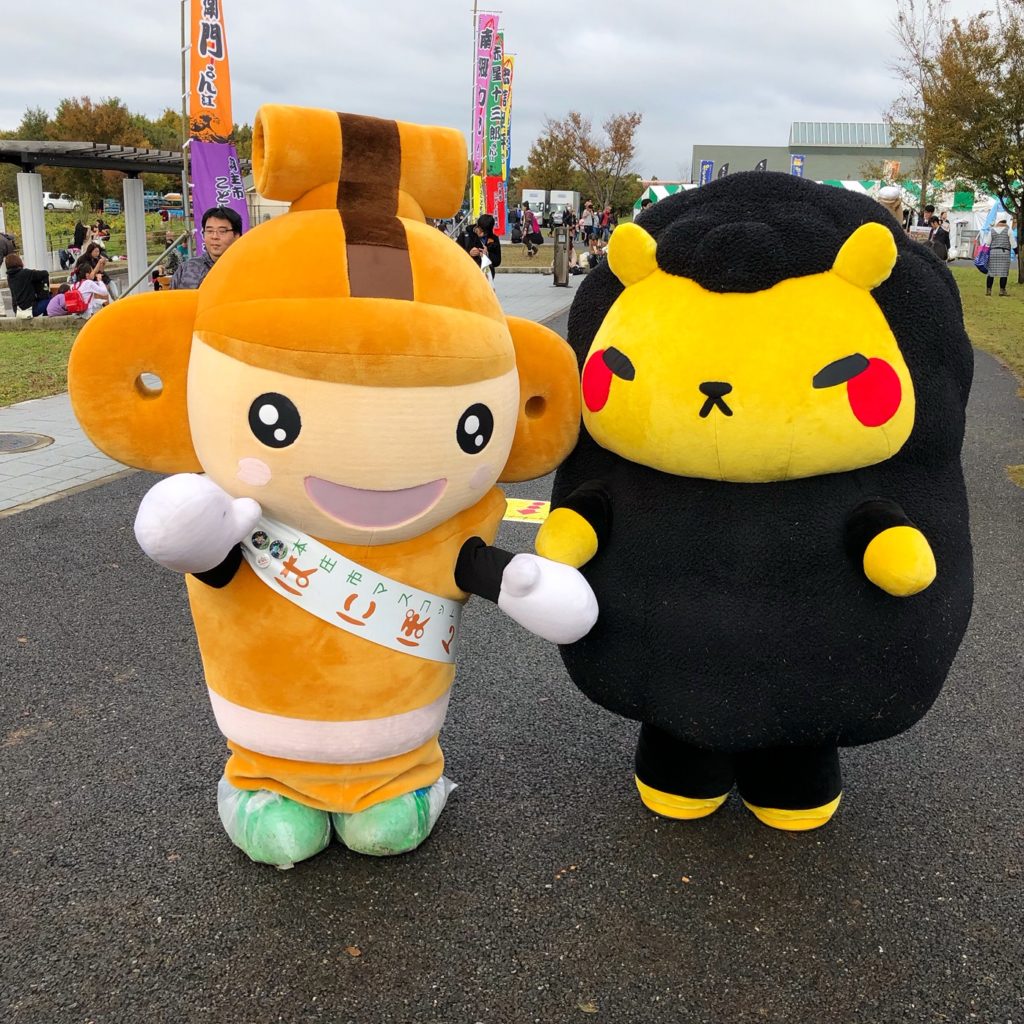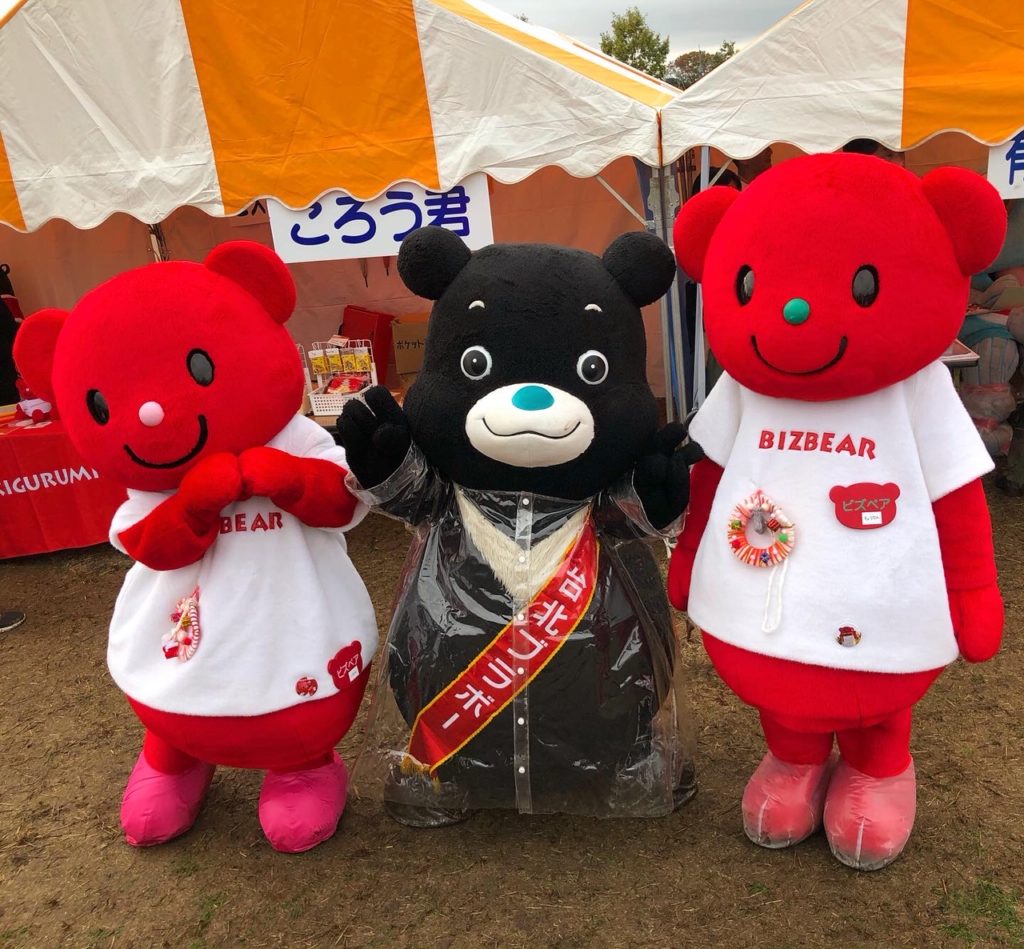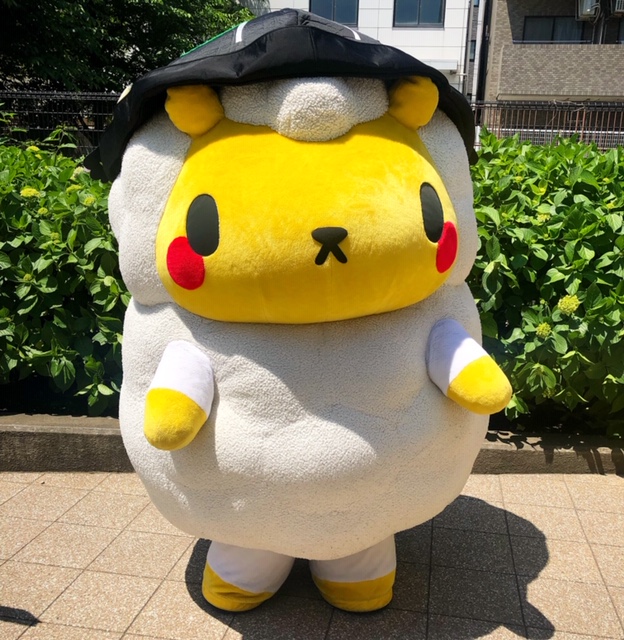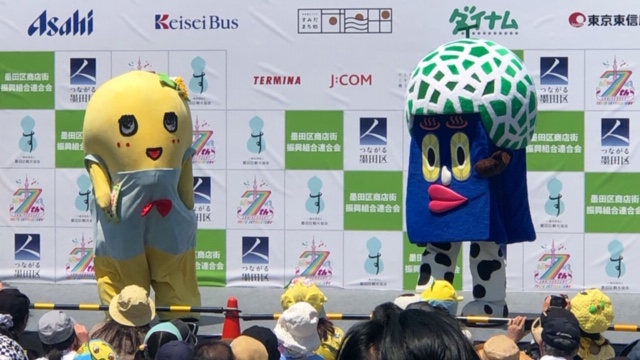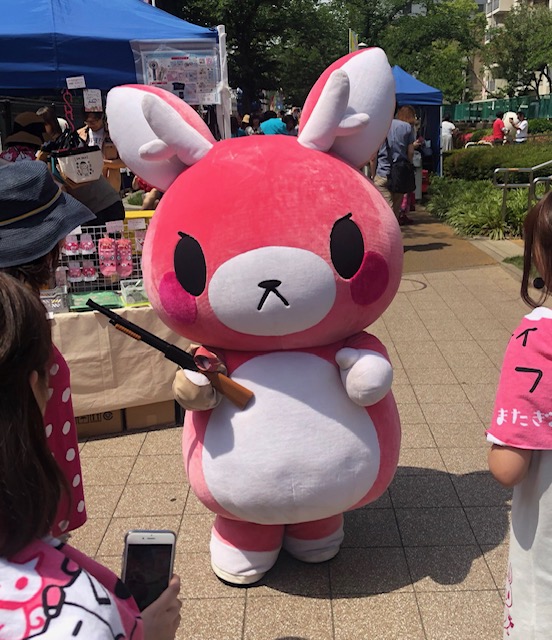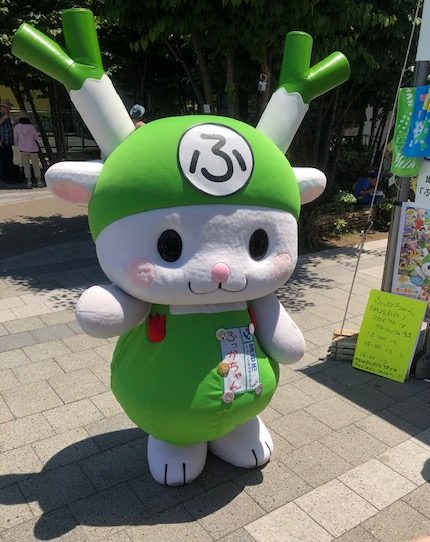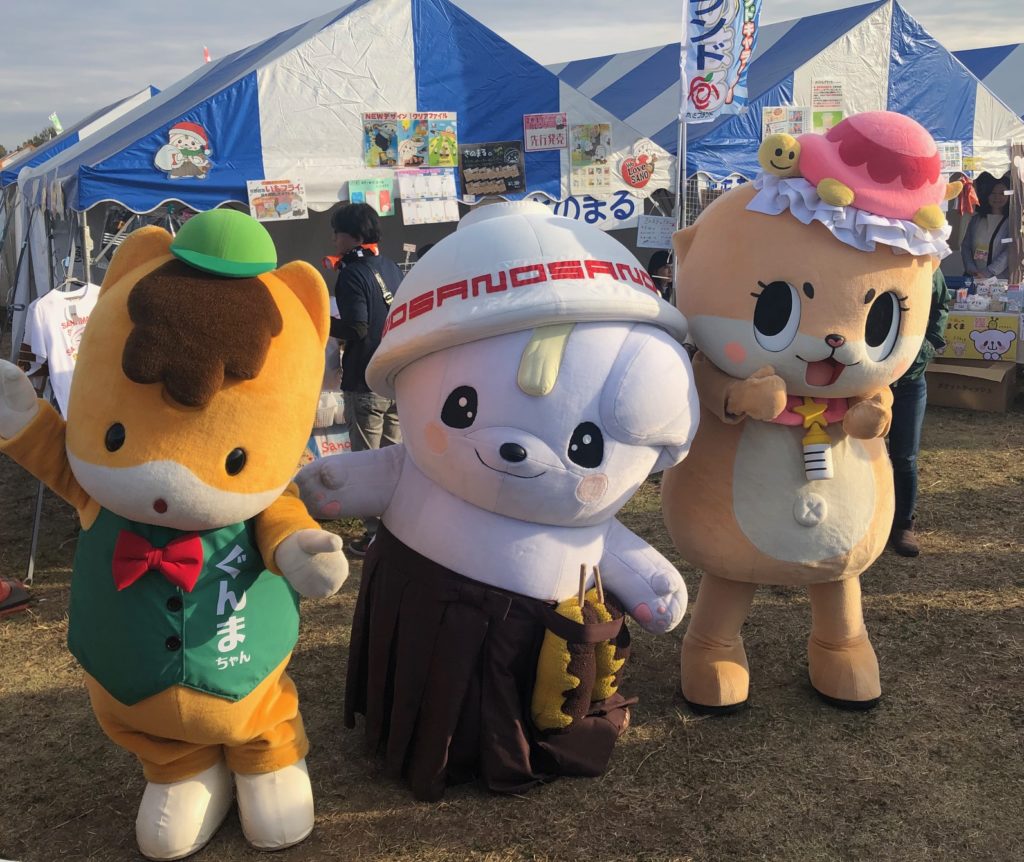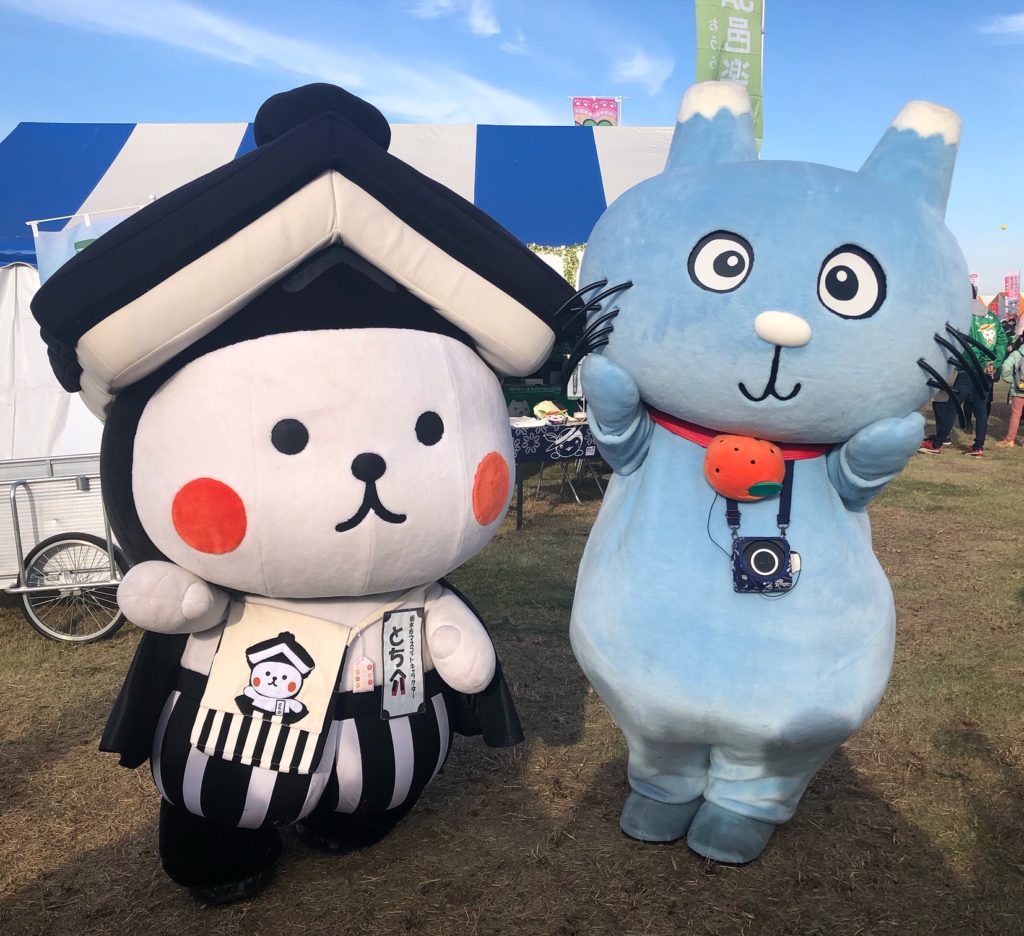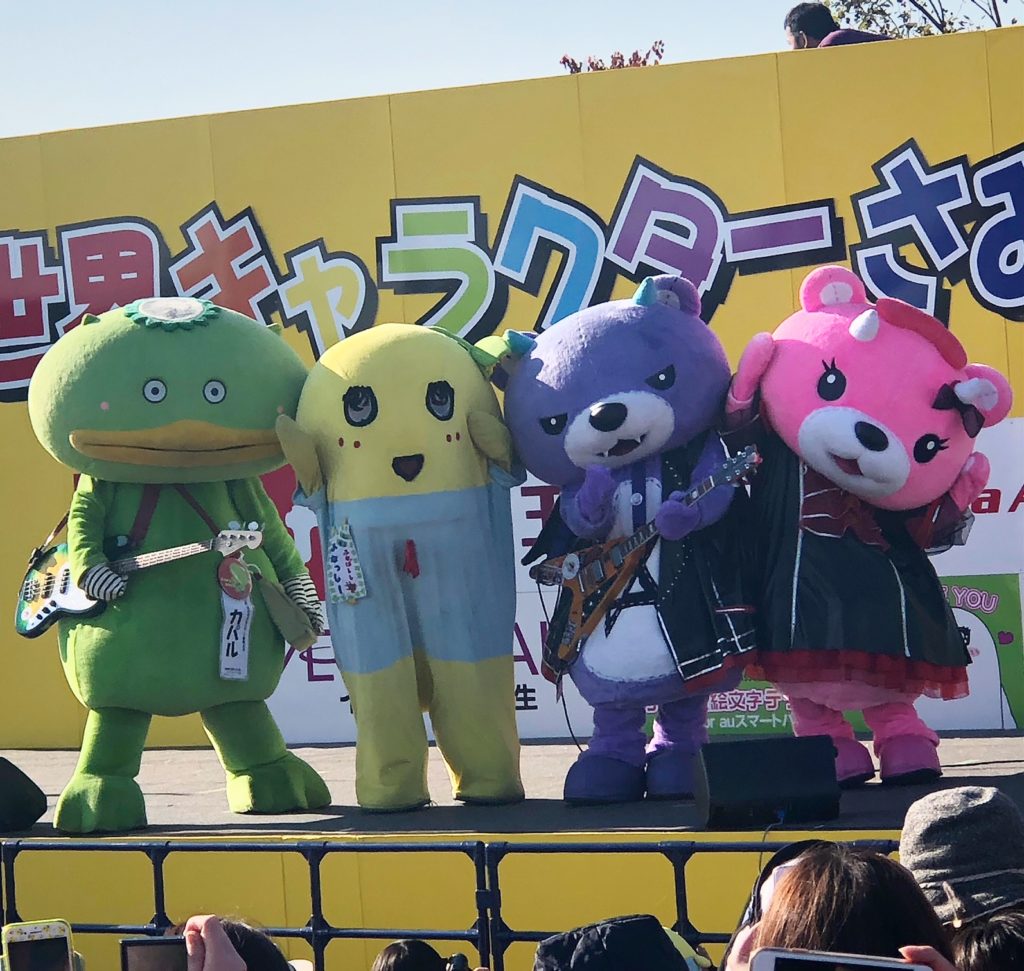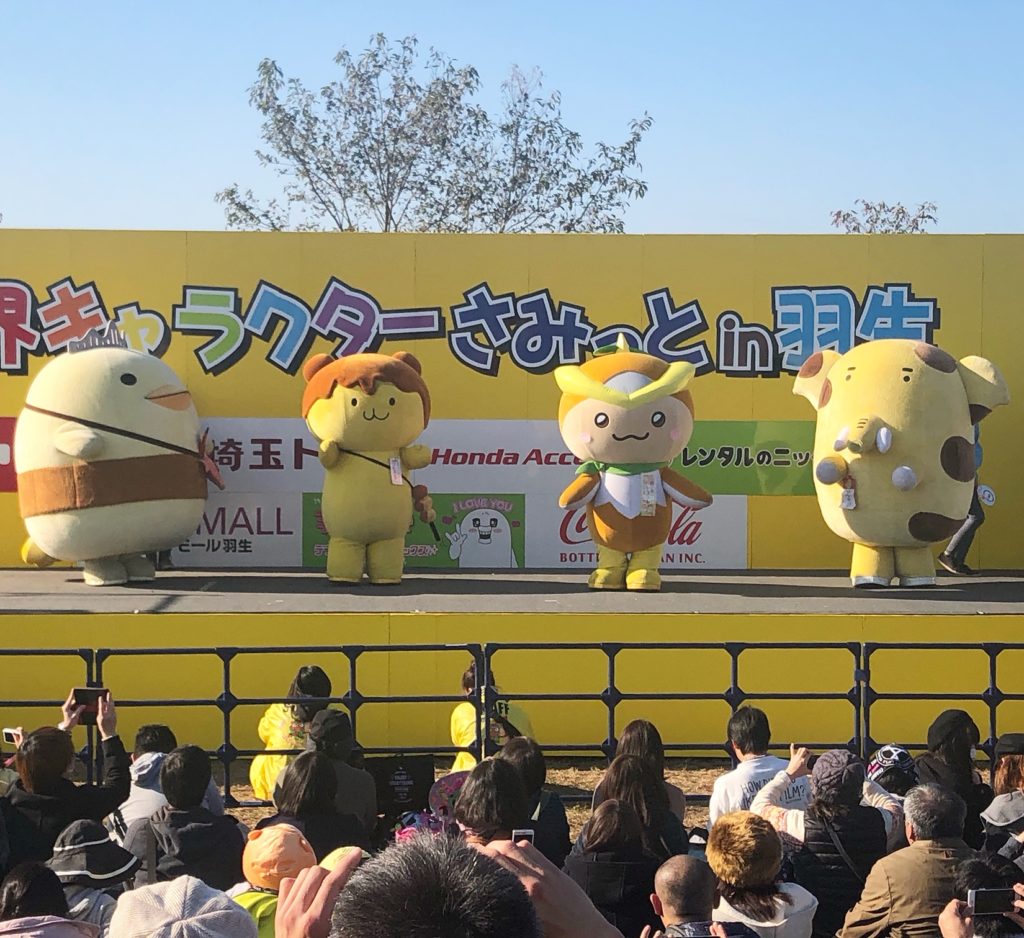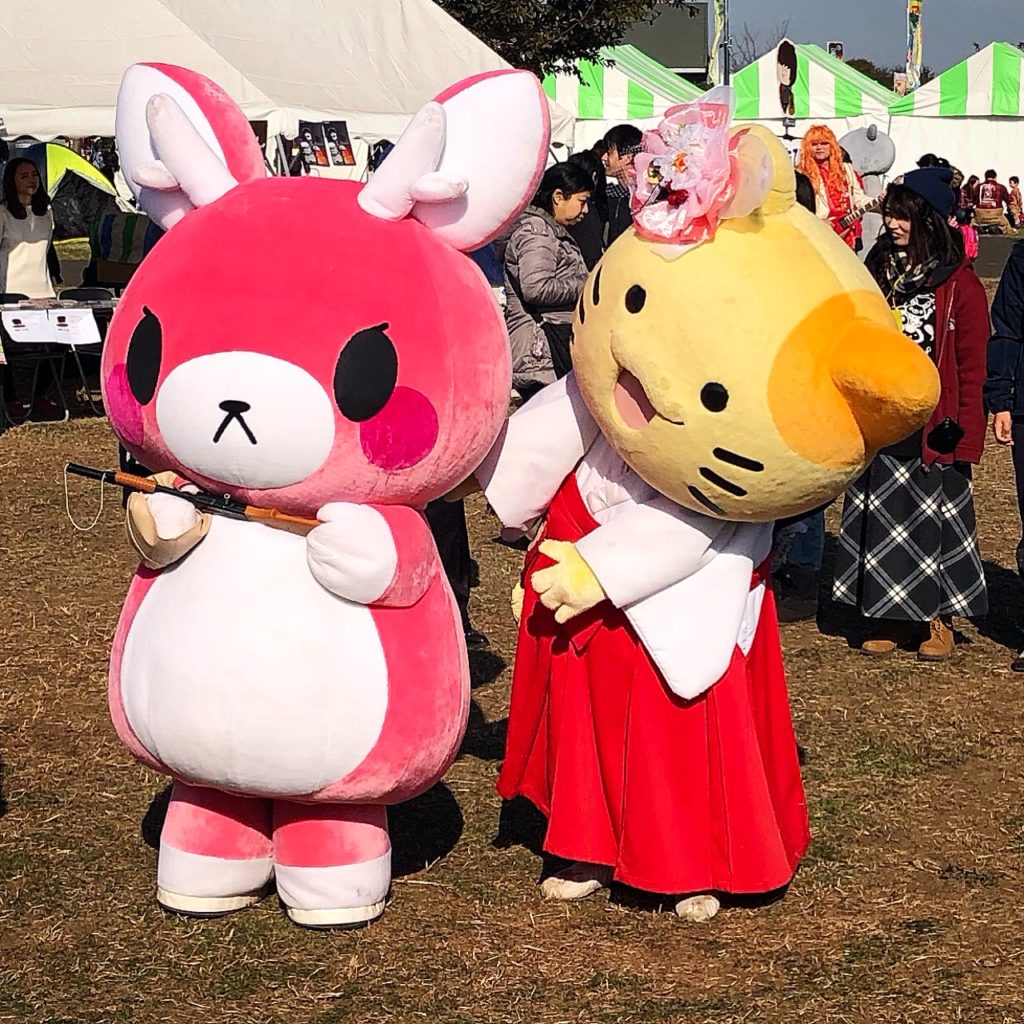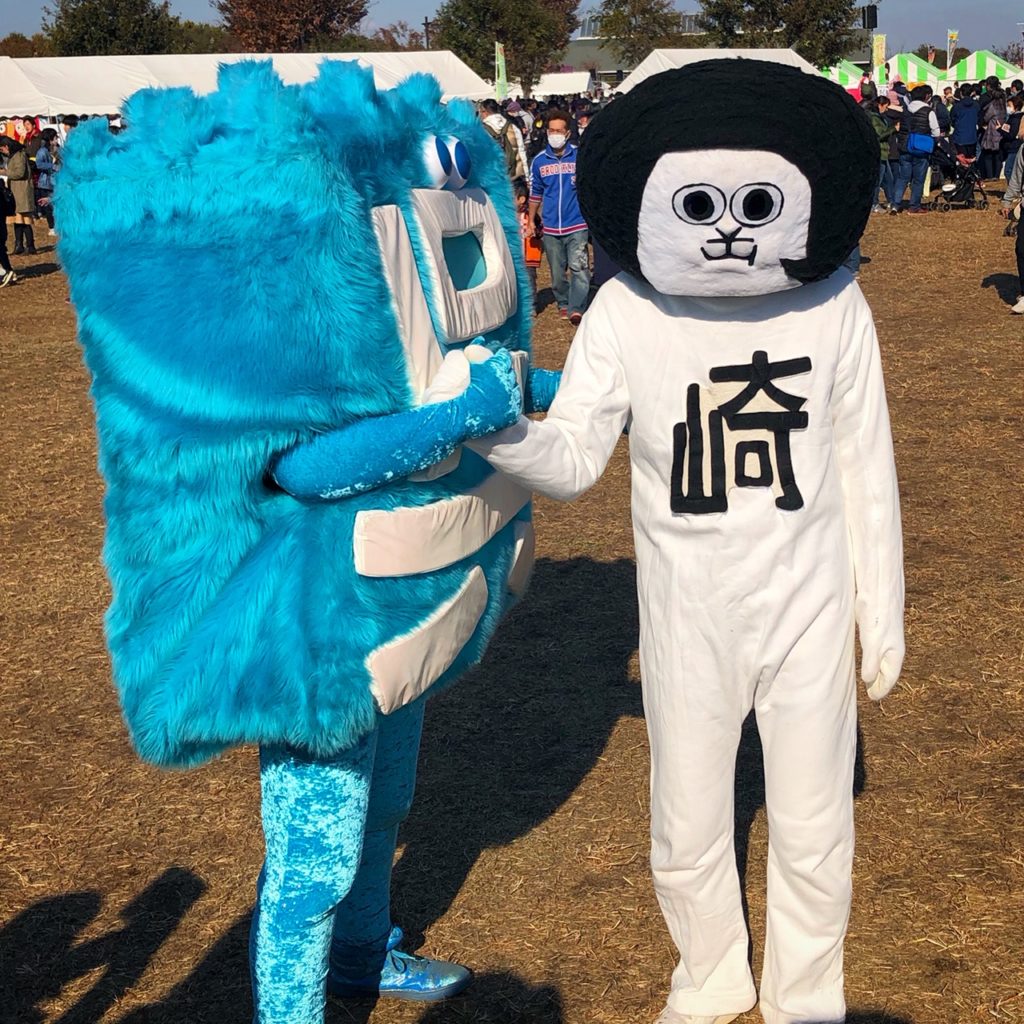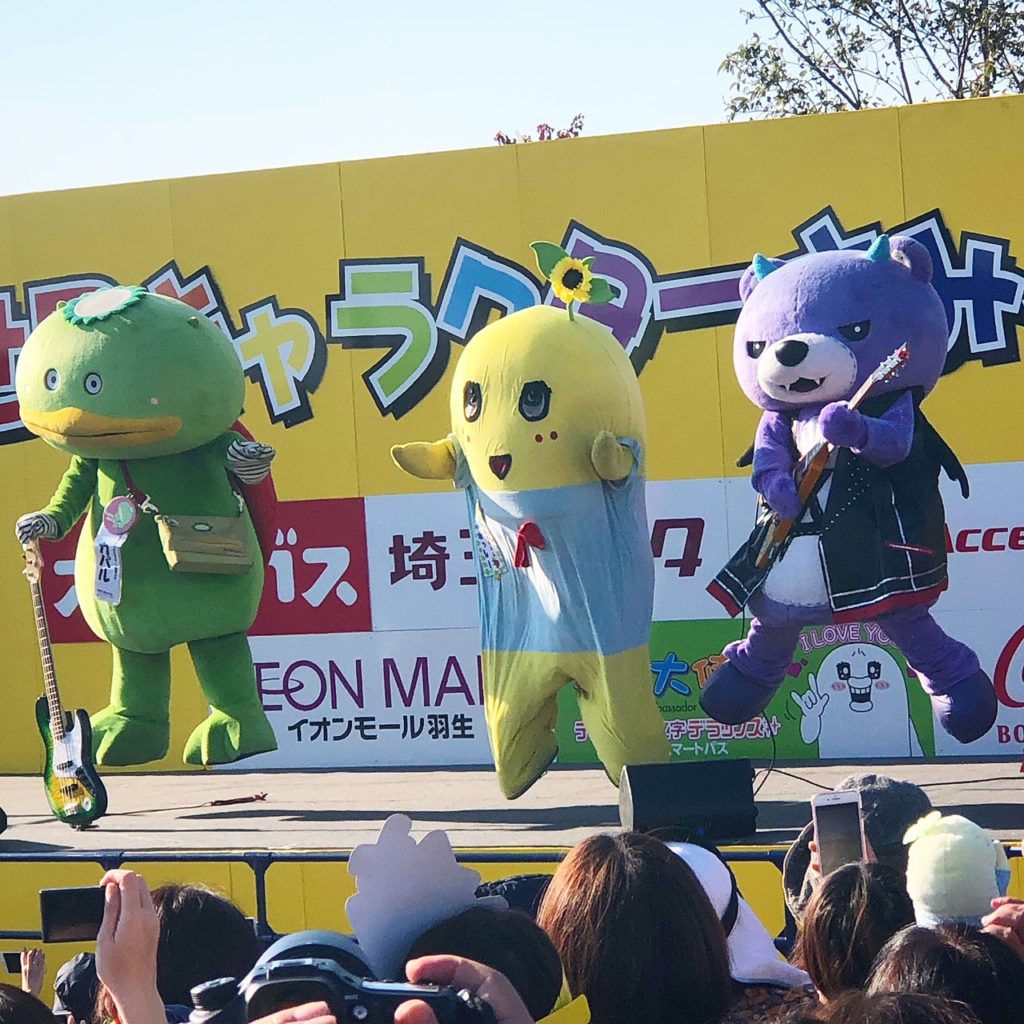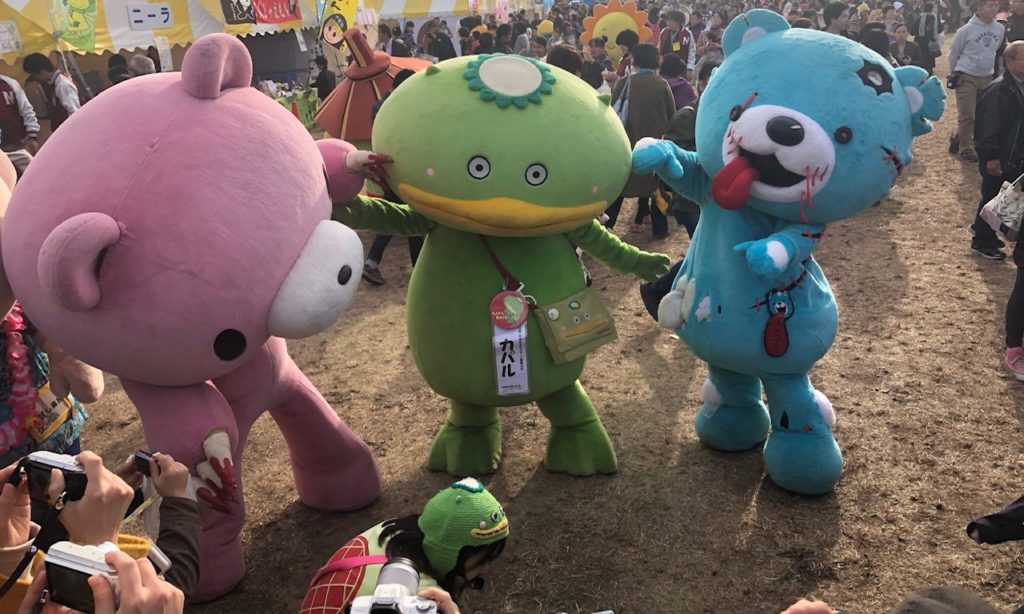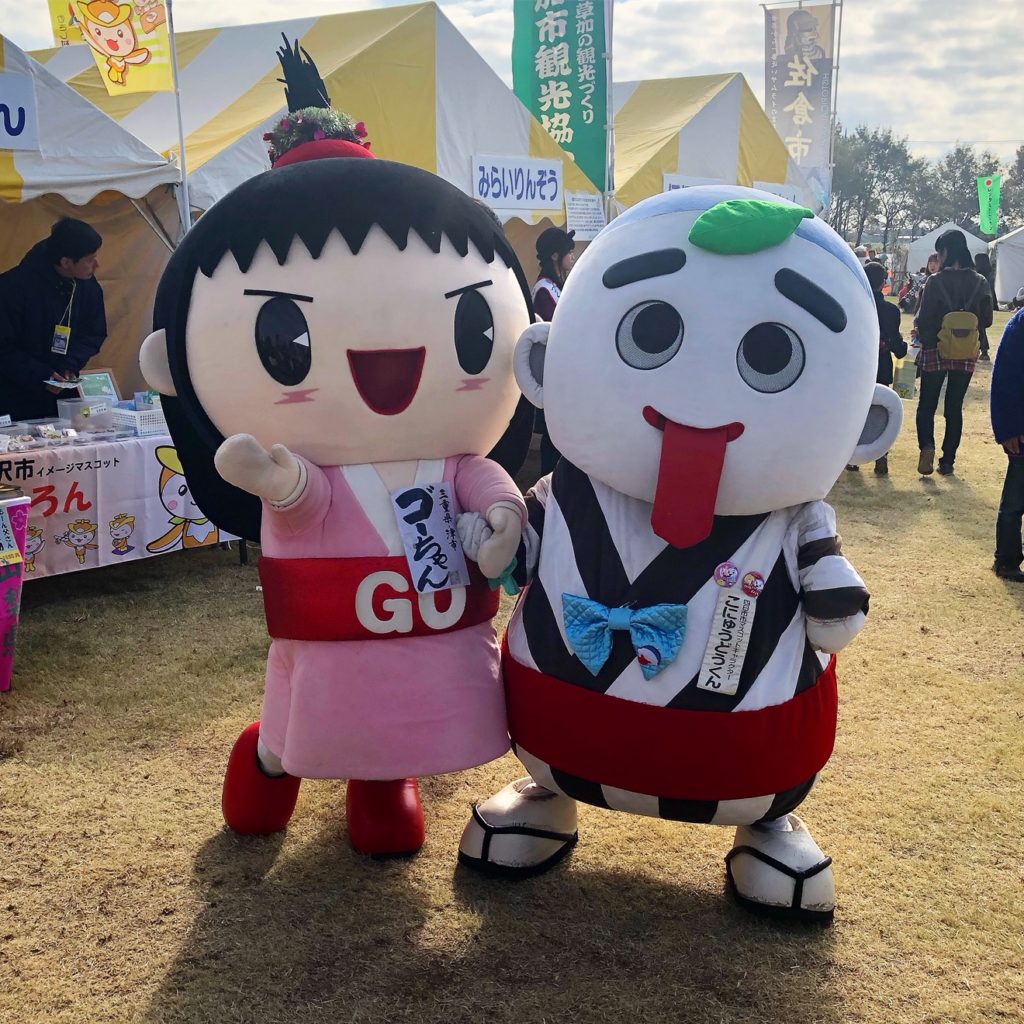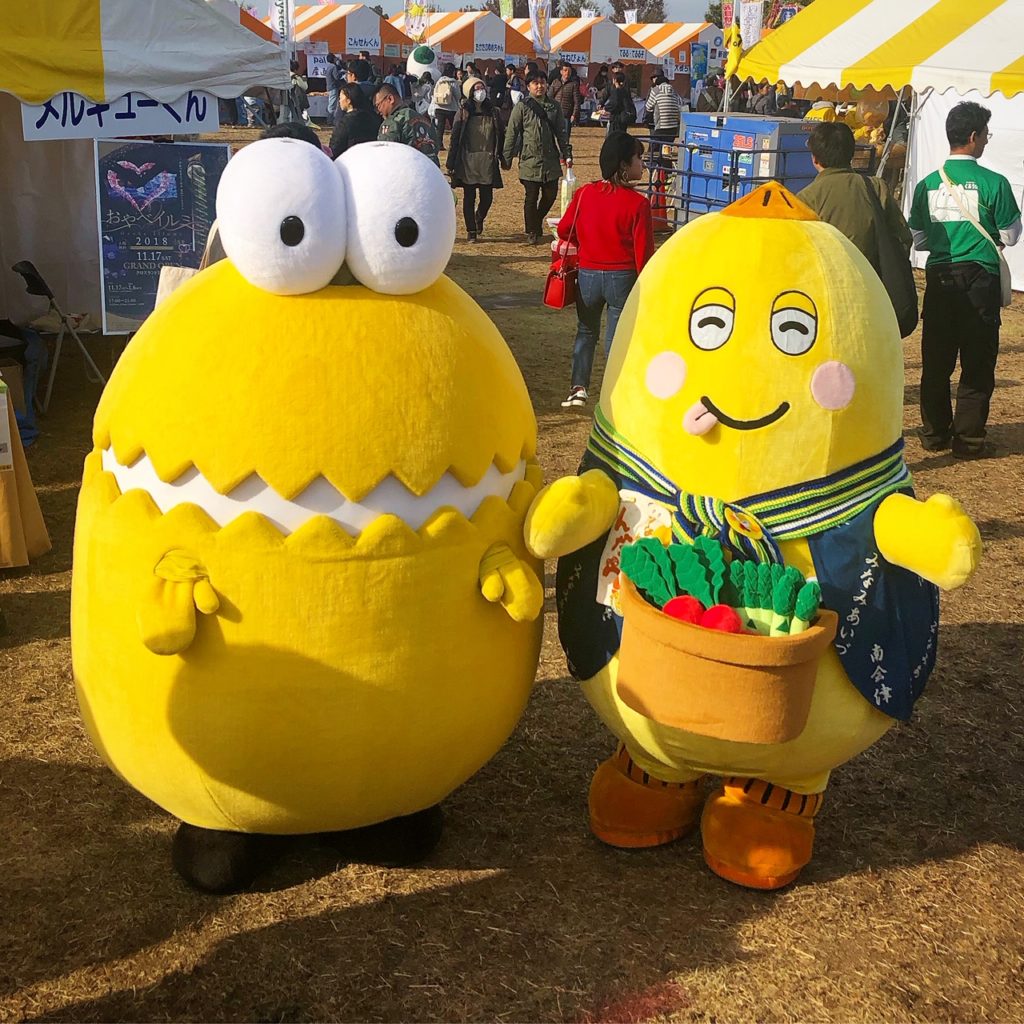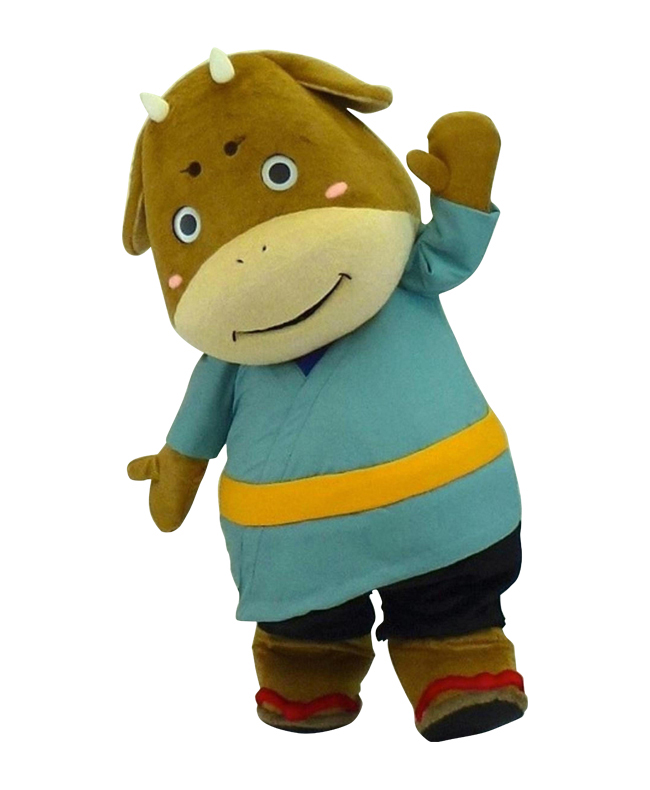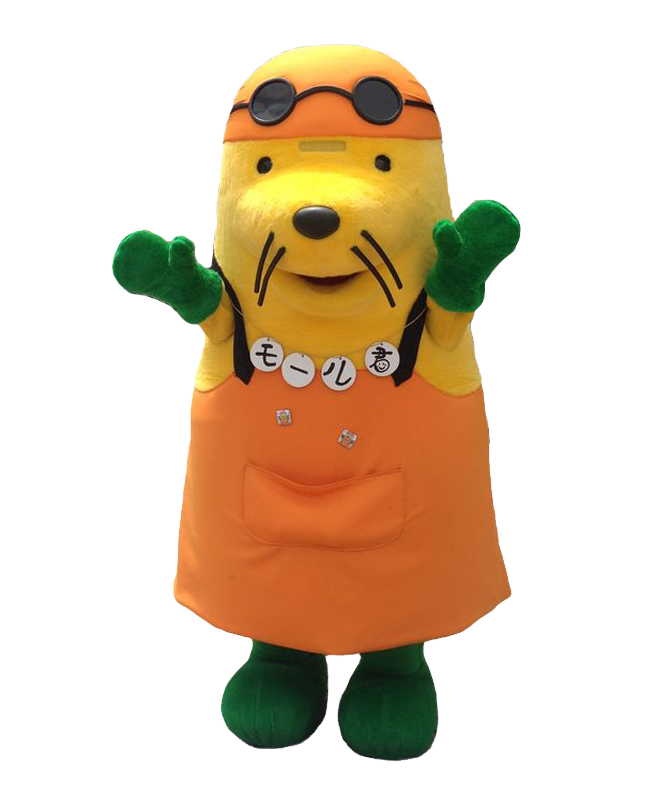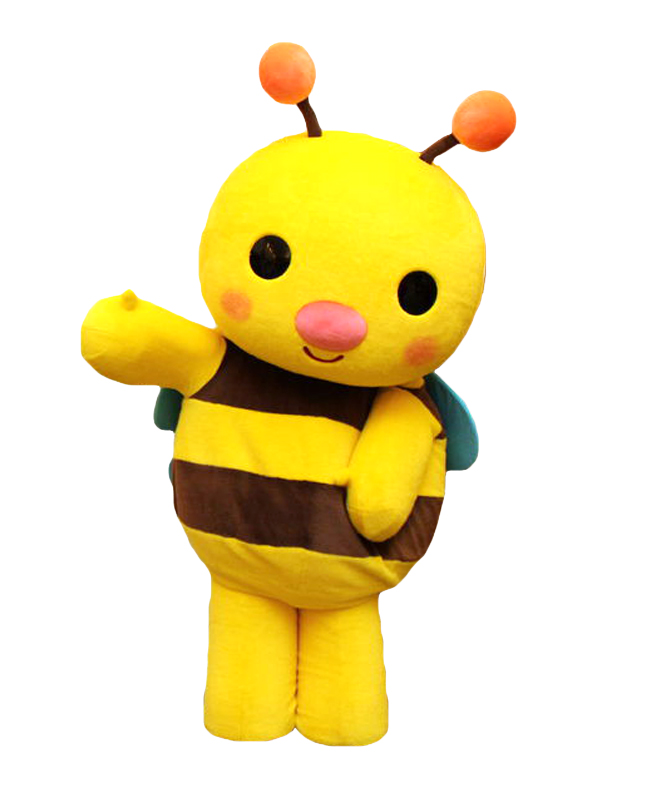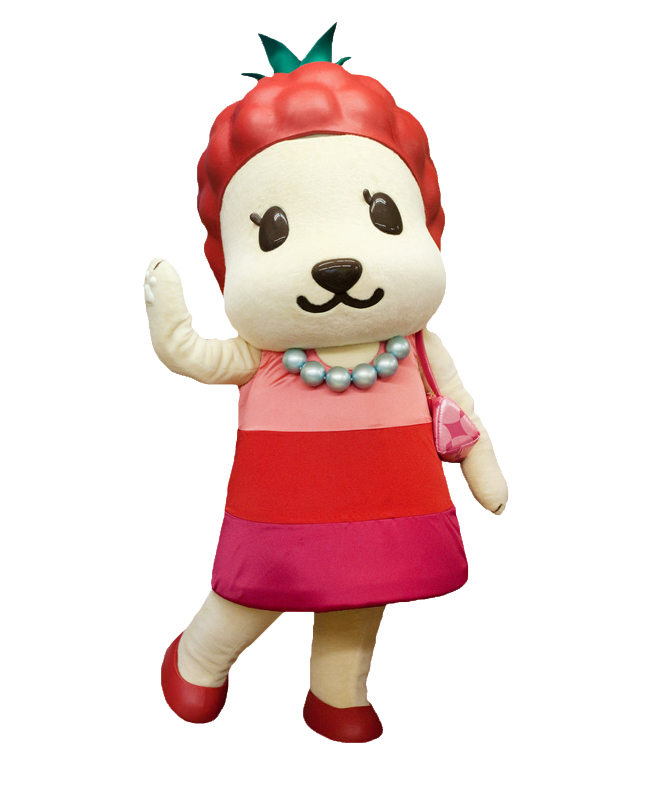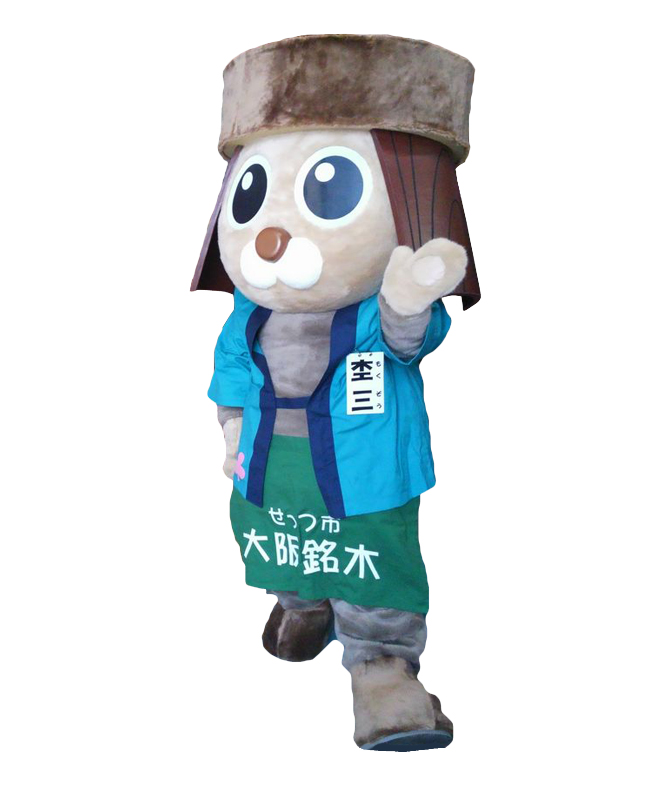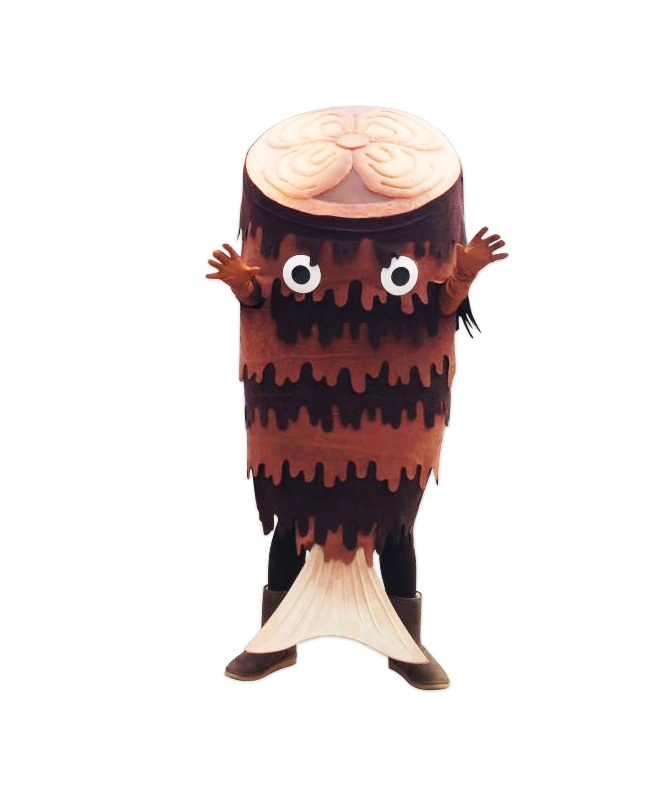2019 was another eventful year in the ever-evolving world of Japanese mascots. Here are some of the fun, fuzzy highlights:
Otter Devastation
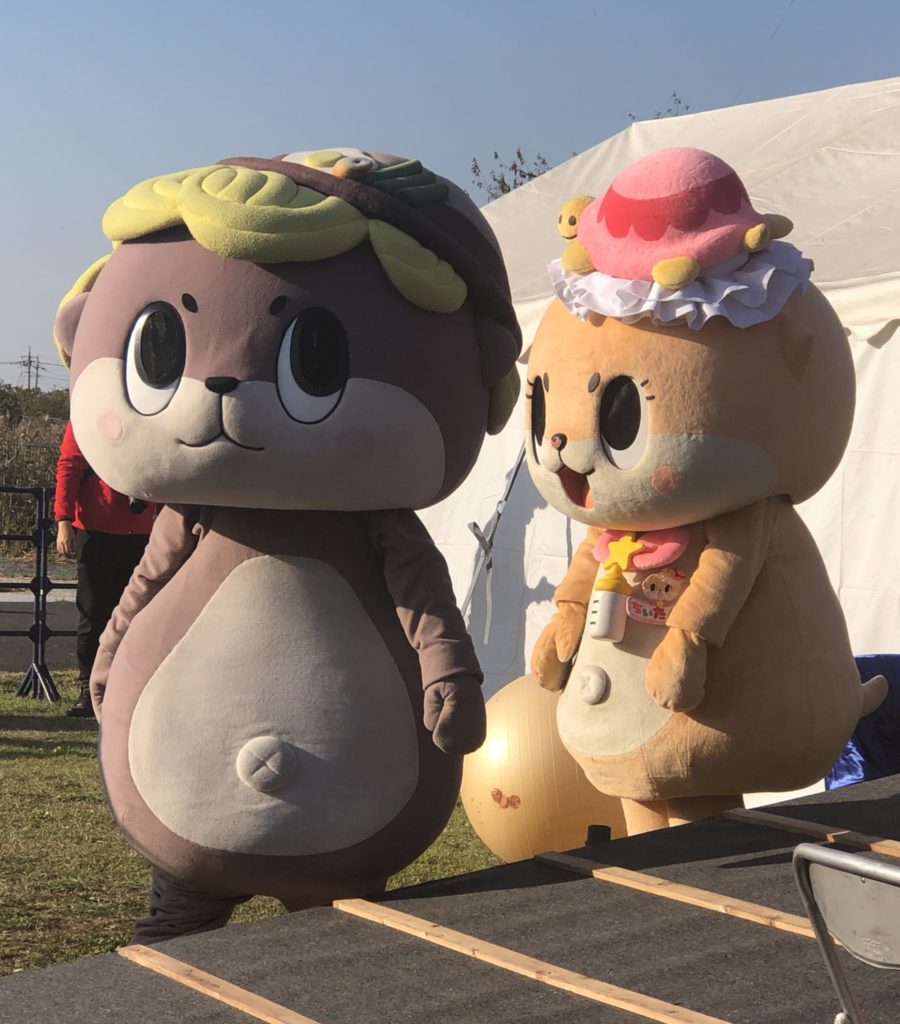
The year got off to a bang with the complex story of a public feud between two lovable otter mascots.
Shinjokun is the mascot of Susaki City, Japan, and is based on an extinct river otter that was last sighted in the area (and has a bowl of local noodles on his head). Last year, Chiitan, a real-life pet otter with a huge SNS following, was invited to be an honorary tourism ambassador for Susaki. A costumed version of Chiitan (with a turtle inexplicably on its head) was then created by the same designers of Shinjokun.
When the costumed Chiitan (who is canonically a 0-year-old fairy baby, rather than an otter) began independently releasing jackass-style slapstick videos online that went viral, many elderly Susaki residents mistook the character for the comparatively well-behaved Shinjokun. The local government got more than 100 complaints, so Susaki decided not to renew the contract of Chiitan (the real otter) as tourism ambassador this year.
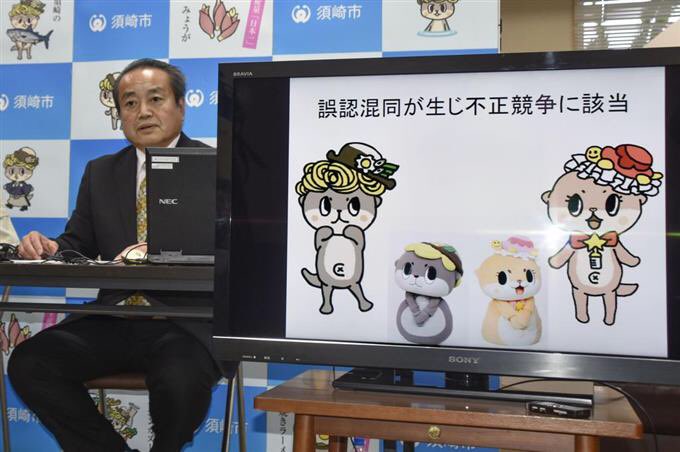
The mayor of Susaki City also held a press conference to complain that the rebellious costumed Chiitan had infringed the copyright of Shinjokun, and requested that the anarchic otter cease activity. In further bad news for the fairy baby, Chiitan’s various verified Twitter accounts, on which posts were made in various languages to more than a million followers, were mysteriously suspended, and a Chiitan anime that was in development was shelved.
Chiitan, who was the breakout mascot star of 2018, had a terrible 2019. But the copyright lawsuit was recently dismissed, so hopefully 2020 will be better. Shinjokun, meanwhile, has taken up nightclub DJing and has also become a champion competitive gamer, winning a Street Fighter V tournament.
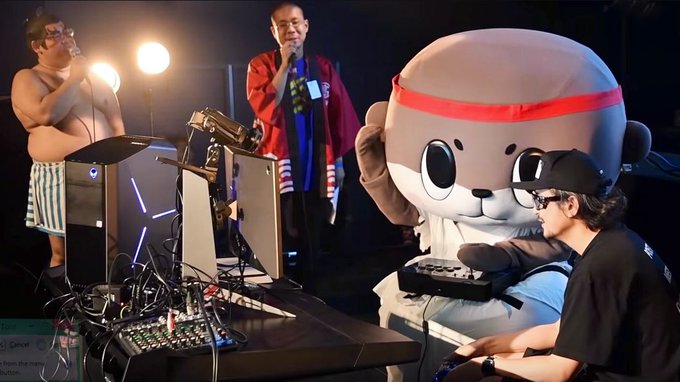
The warring otters story blew up around the world and was featured on CNN (with me, bizarrely, as a guest) and on “Last Week Tonight with John Oliver”, in which Shinjokun became friends with a John Oliver-like otter named Chijohn.
Arukuma wins the Yuruchara Grand Prix
The annual Yuruchara Grand Prix, an online vote to establish Japan’s most popular mascot, is always a big event (for me, at least). This year’s well-deserved winner was Arukuma, the green bear mascot of Nagano Prefecture, who wears an apple hat and enjoys walking.

Pokemon as mascots
One fresh development this year was the use of Pokemon characters as regional mascots.
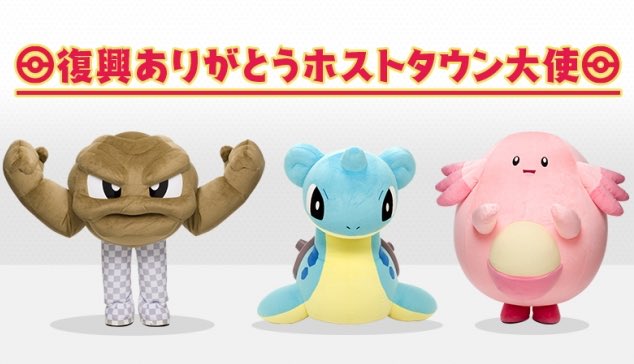
Three Pokemon (Geodude, Lapras, and Chansey) were appointed “Thanks for the Reconstruction” ambassadors for towns affected by the Great Tohoku Earthquake and that will also be host towns for the 2020 Olympics.
Commercials
Mascots in Japan are always promoting something, and several of them appeared in memorable commercials in 2019.
The Japanese mascot for Oreo cookies, Oreo Panda, danced and rapped in an intense retro commercial, which starts like an old children’s show and evolves into a phrenetic C & C Music Factory-style music video.
New Mascots
Lots of new mascots debuted this year. These included the costumed version of the popular virtual youtuber, Peanuts-kun, a peanut-headed yellow figure who wears only underpants and a neckerchief. Peanuts-kun went on to win 1st place in the “Corporate/Other” category of the aforementioned Yuruchara Grand Prix.
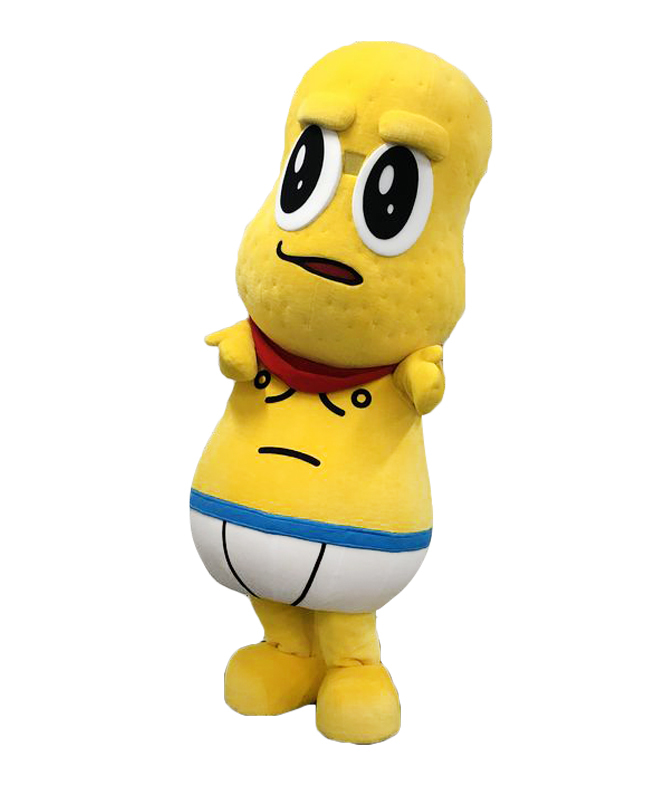
Another cult online character crowdfunded a costume for himself. Kawacchi, a maudlin, booze-loving kappa (folkloric water imp) with a successful Twitter account, is an unofficial mascot for Kawaguchi City, in Saitama Prefecture.
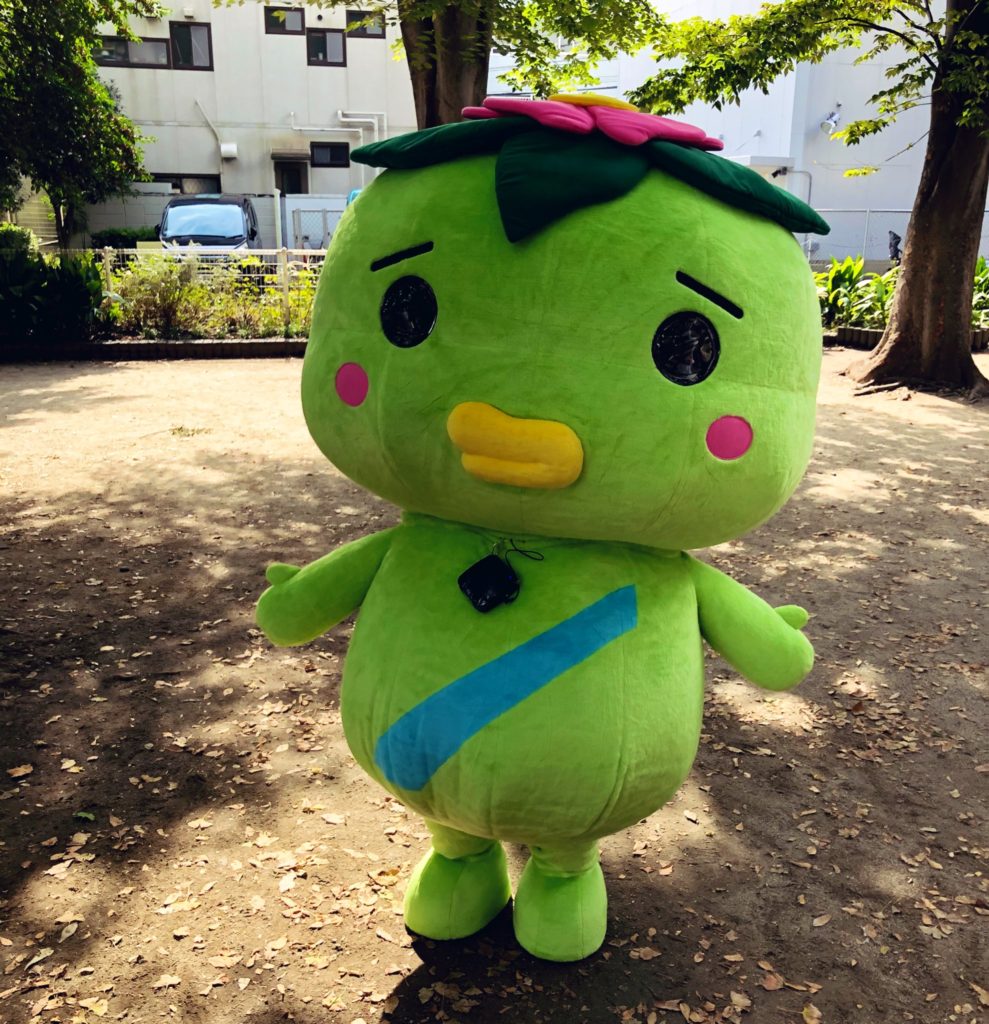
In Kudamatsu City, 3,200 elementary school students voted for their city’s new mascot, using tables and ballot boxes from governmental elections. There were three candidates (narrowed down from 764 entries) and the eventual winner was Kudamaru (the character in the middle, below) .
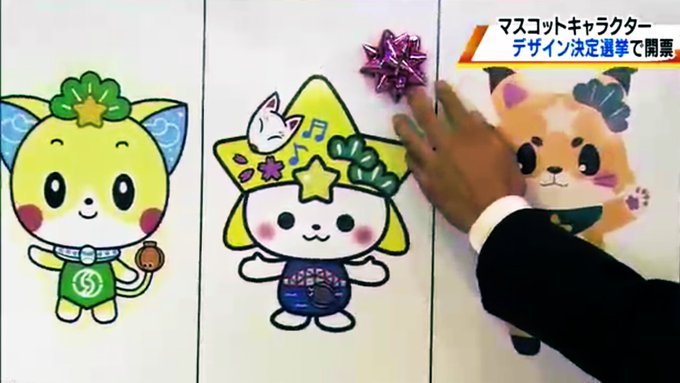
Funassyi, the acrobatic pear fairy rock-star from Funabashi City, this year introduced a new member of his entourage, his childhood penpal from France, Peannu-chan.

The Rugby World Cup was held in Japan in 2019, and the tournament’s mascots didn’t disappoint. The two white-and-red lion-like creatures, collectively named Ren-G, gained popularity for their idiosyncratic dancing and sold tons of merchandise.
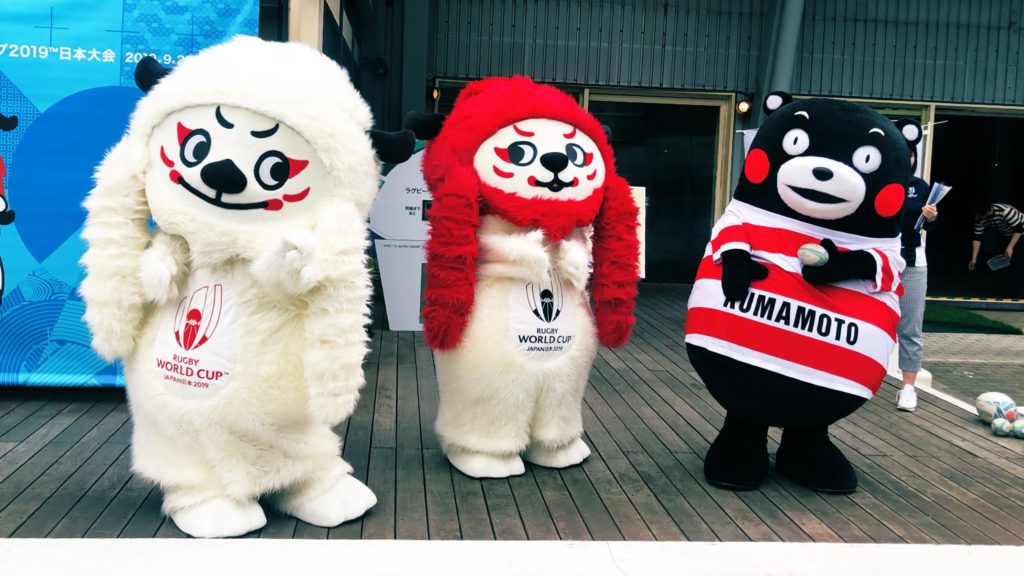
Also debuting this year was the clearly Chiitan-inspired pro-wrestling seal, Pokotan, of DDT Wrestling.
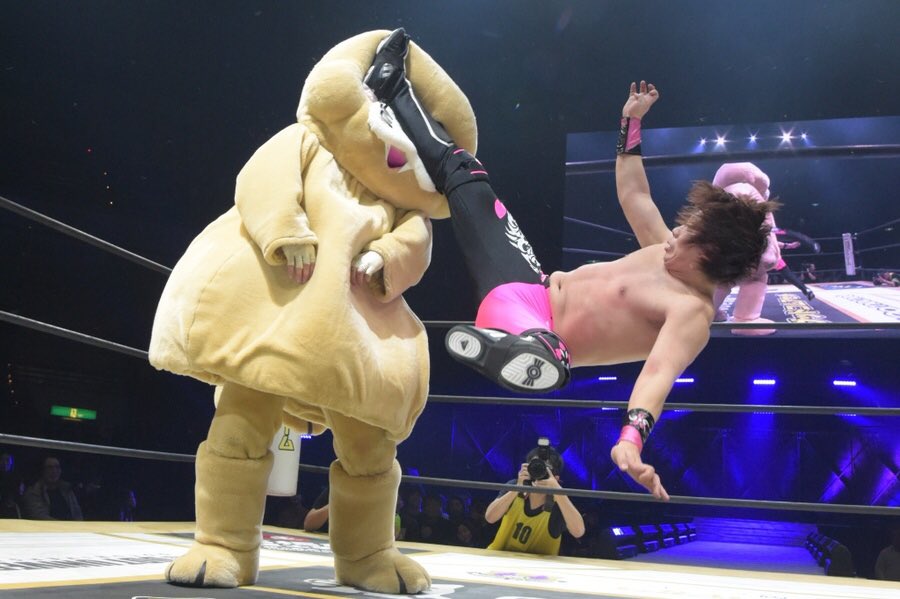
The Unko Museum (Poo Museum) opened in Yokohama this spring, then moved to Tokyo. The museum’s mascot, a contemplative poop named Unberto, made… um… quite a splash.
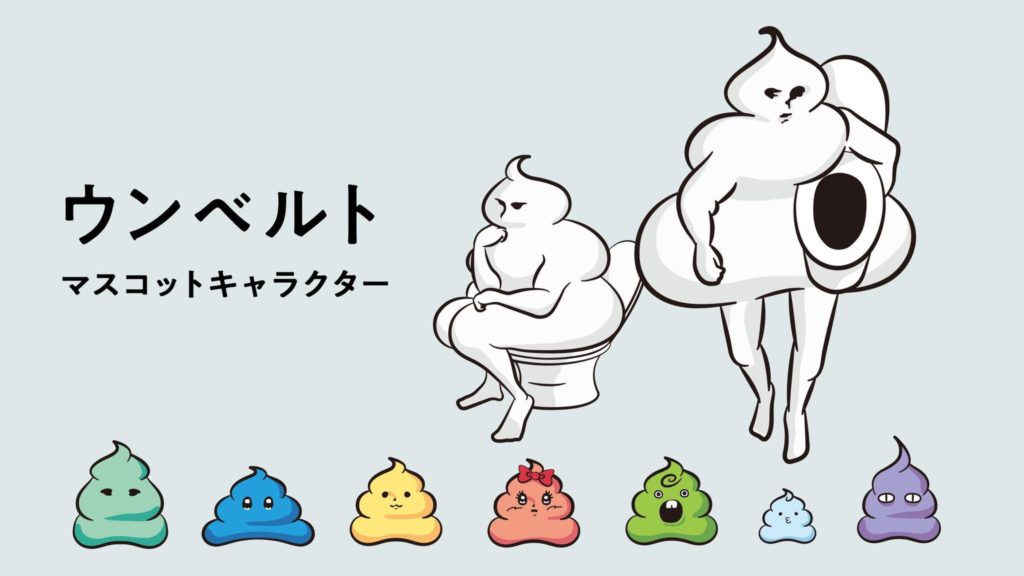
Another notable 2019 debut was Kemuimon, a cloud of cigarette smoke who covers his own mouth and warns of the dangers of secondhand smoke.
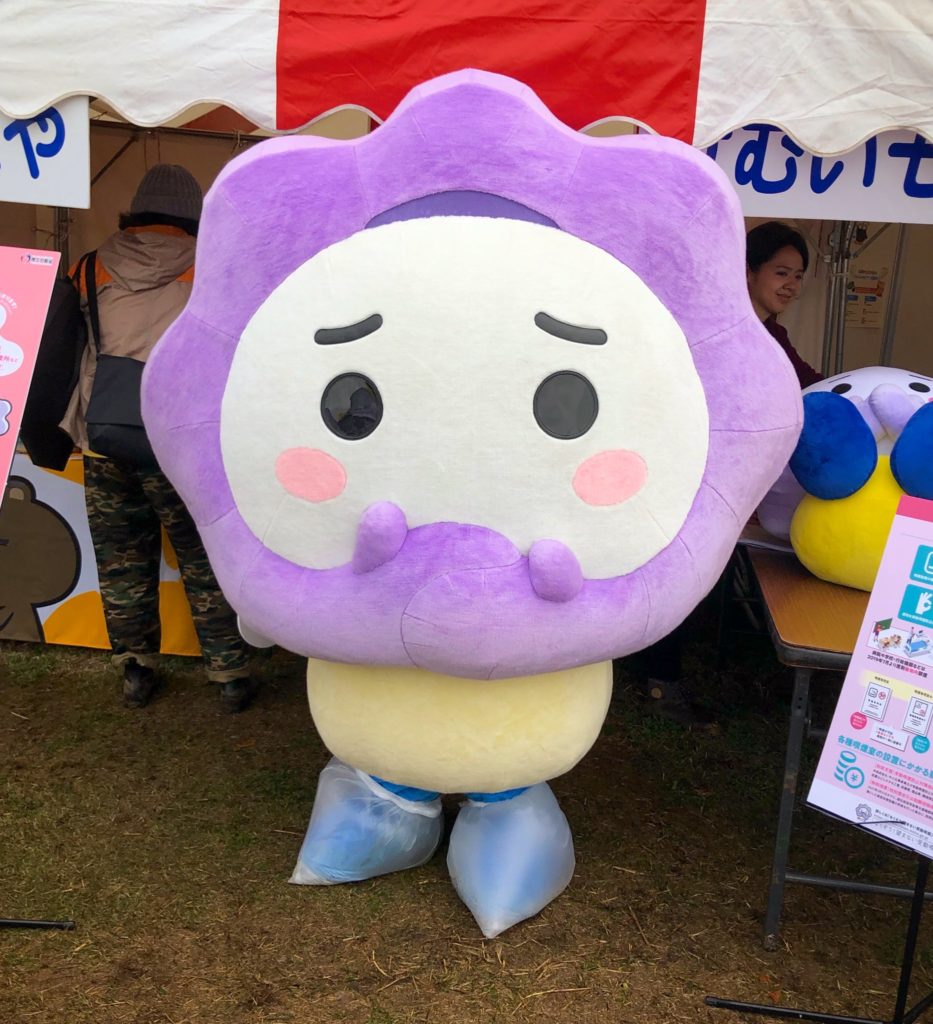
In Memoriam
Sadly, a few mascots had to bow out this year.
Hustle Komon, the elderly tradesman mascot of Japan’s Ibaraki Prefecture, retired in March and handed over the reins to the local unofficial mascot, Nebaaru-kun, a giant stretchy natto fairy. Based on a character from the long-running Japanese period TV drama, Mito Komon, the old tradesman is stepping down after 12 years because the rights to the character expired, but I’m sure Nebaaru-kun will prove to be a worthy successor.
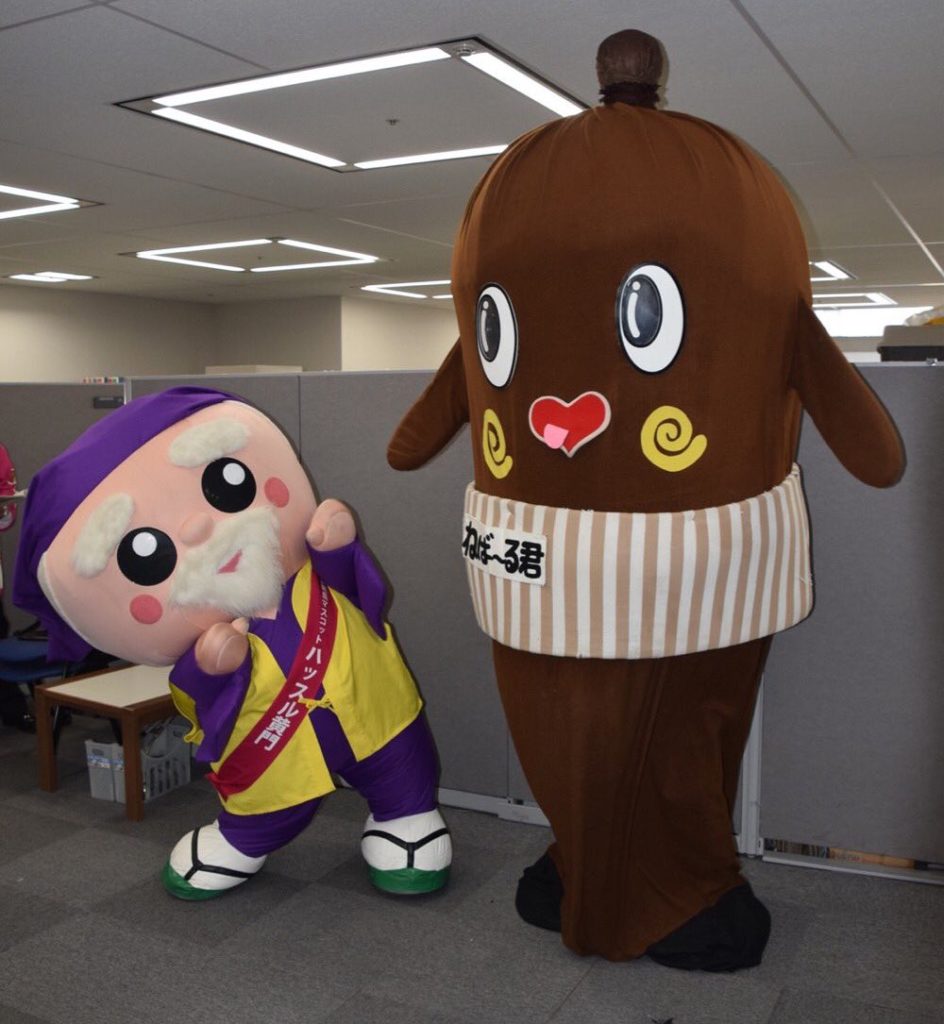
Yuzugappa, the mascot of Kito, a tiny village in Tokushima Prefecture, is a hybrid of a kappa and a yuzu citrus fruit. He went into “hibernation” in May and hasn’t been seen since. Sayonara, Yuzugappa!
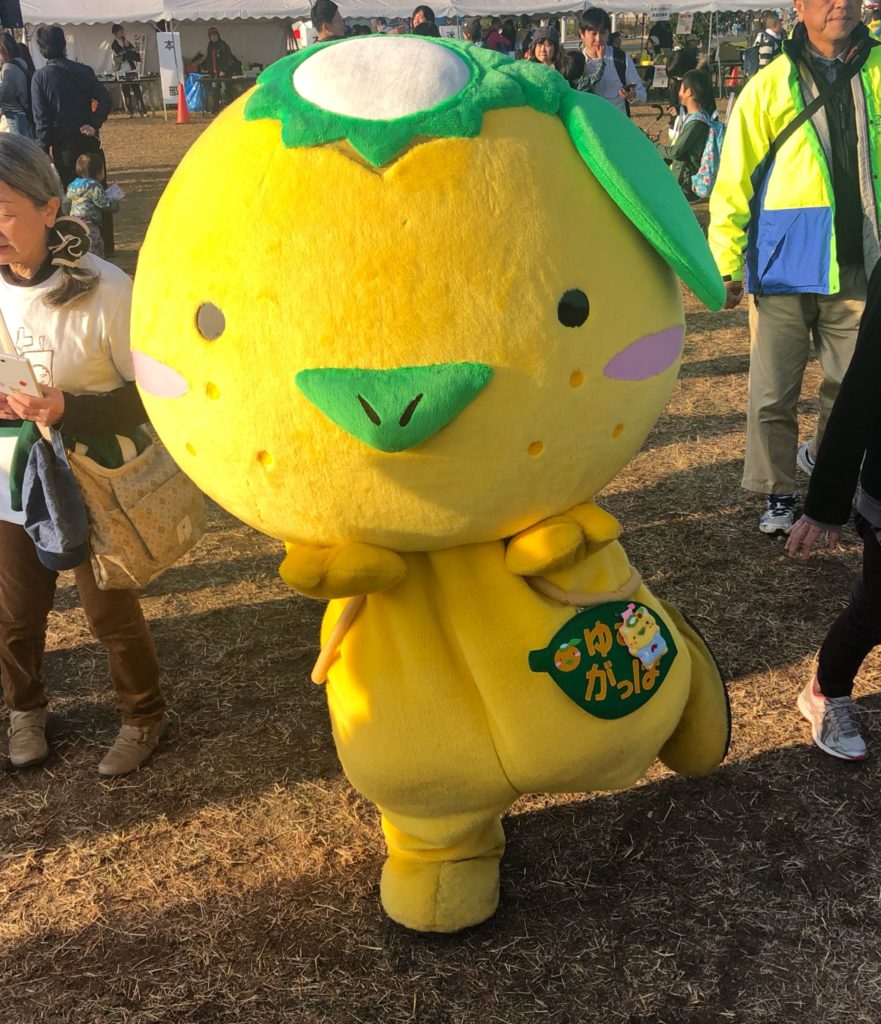
Japan’s scenic Kujuku Islands retired their tourism mascots, two rocky islands named Butsubutsu-kun and Butsubutsu-chan, over concerns that the mascots’ bumpy sandstone faces might offend people with skin complaints. RIP, guys!
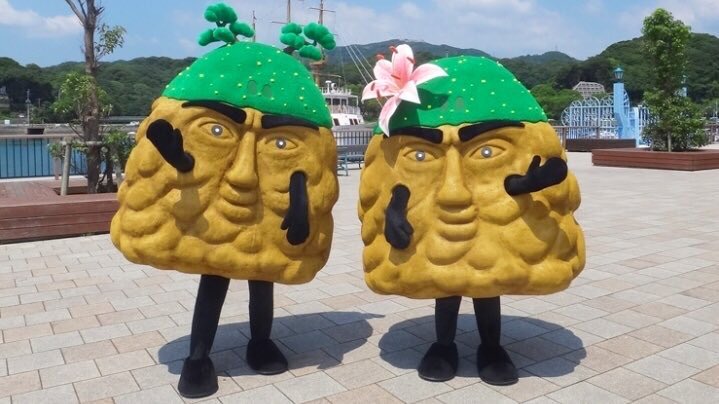
2020
Next year looks set to be another exciting year for Japanese mascots: Brown & Friends, the mascots for the messaging app Line, will be appearing in their own Netflix show; the Olympics and Paralympics will take place in Tokyo, and the events’ futuristic mascots, Miraitowa and Someity, are likely to be omnipresent; and 2020 will also be the year of the final ever Yuruchara Grand Prix (supposedly). I’m looking forward to all the impending fun!
2019 was also an eventful year for myself, personally. I got to meet and photograph almost 1,000 mascots in person at various events, and I had lots of exciting adventures traveling around the country to do so. I got interviewed by CNN, the BBC, the New York Times, and GQ; and I made it onto the AV Club’s list of The 100 best, worst, and weirdest things we saw on the internet in the 2010s (number 74). I also began writing a Mondo Mascots book, so look out for that later next year.
Thank you for reading all my posts in 2019, and thanks to all the marvelous mascot folks for bringing so much fun into my days.
